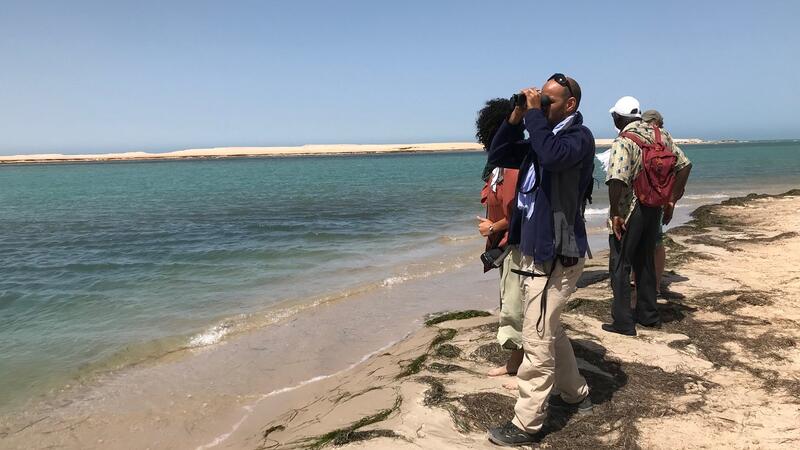Fourth East Atlantic Flyway Waterbird Census to take place in January 2023

Each January, counts of migratory waterbirds take place in all key wetland sites along the East Atlantic Flyway. The year 2023 represents the 4th time that these efforts are intensified to cover major wetland sites in almost all countries belonging to this flyway, therefore being called ‘total counts’. Through the collaborative efforts of BirdLife International, Wetlands International, and Wadden Sea Flyway Initiative, and coordinated by Sovon, simultaneous counts will take place in 21 African and 18 European countries along the East Atlantic Flyway in the next days. This transboundary joint effort is a follow-up of similar efforts in January 2014, 2017, and 2020. The results of these counts will provide important information on waterbird numbers and population trends, as well as on threats migratory birds are facing during migration. This knowledge is essential to be able to safeguard these bird populations.
The East Atlantic Flyway stretches from the Arctic to Southern Africa and encompasses key wetland sites where migratory waterbirds find refuge during breeding, stopover and wintering/non-breeding. As they are highly dependent on finding suitable resources at each of these sites, unfavourable ecological conditions at one site can already have negative consequences for the survival of a bird. “The results of the flyway counts allow us to monitor population changes at flyway level”, explains Kristine Meise, Programme Officer for the WSFI at the Common Wadden Sea Secretariat. “By grouping populations according to their habitat use or food preferences, we can provide some indication on the factors that may be linked to population declines.” The latest assessment report published in 2022 on basis of the 2020 count, shows, for example, that waders are in decline, especially those breeding in the high Arctic. Such information is the prerequisite for targeted management actions.
The Wadden Sea Flyway Initiative (WSFI) was established in 2012 by the Trilateral Wadden Sea Cooperation in response to the request of the UNESCO World Heritage Committee to strengthen the collaboration in research and management of migratory waterbirds between the Wadden Sea and countries along the African Atlantic coastline. By now, nearly 100 partners are actively engaged in different aspects of WSFI. The East Atlantic Flyway assessment report published every three years based on the monitoring data is an essential tool to inform management along the flyway and show needs for capacity building which is equally supported by the WSFI.
